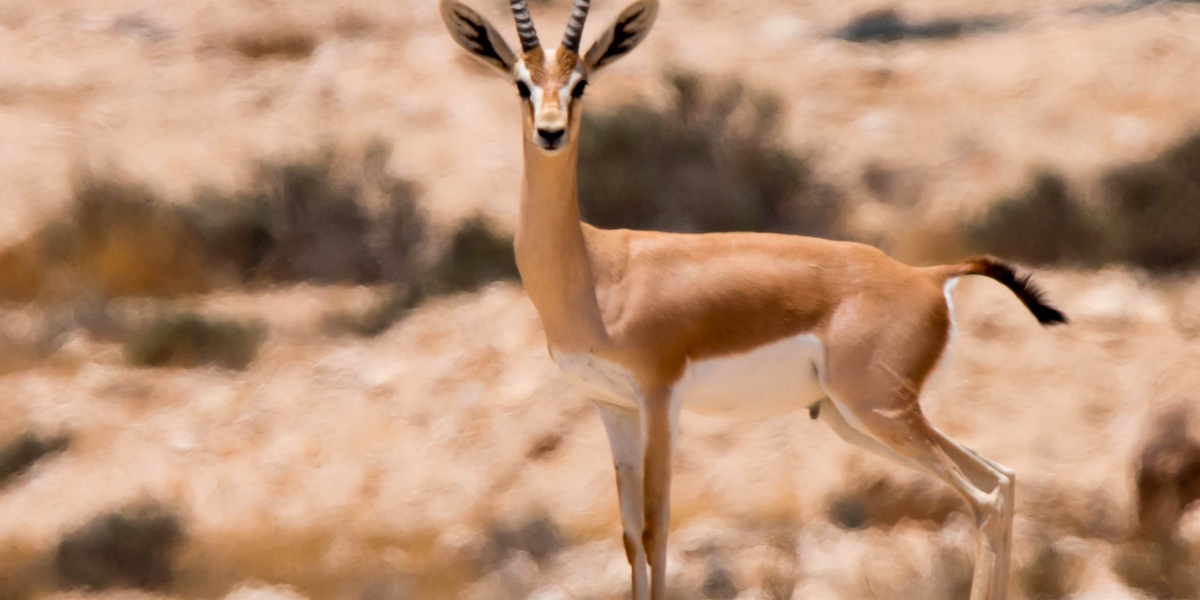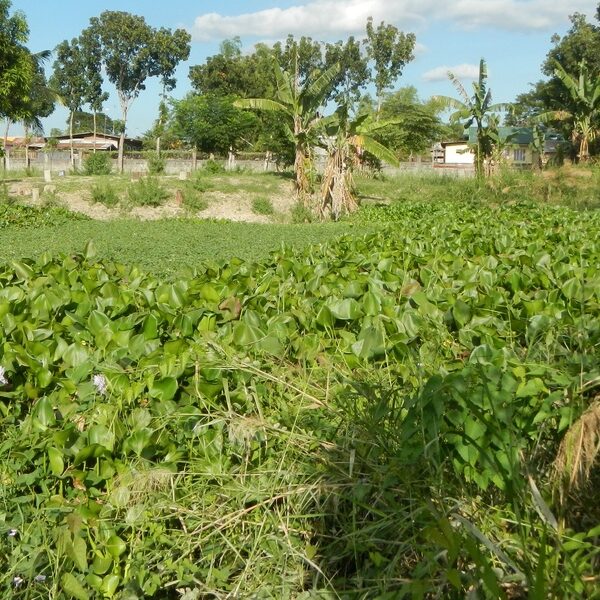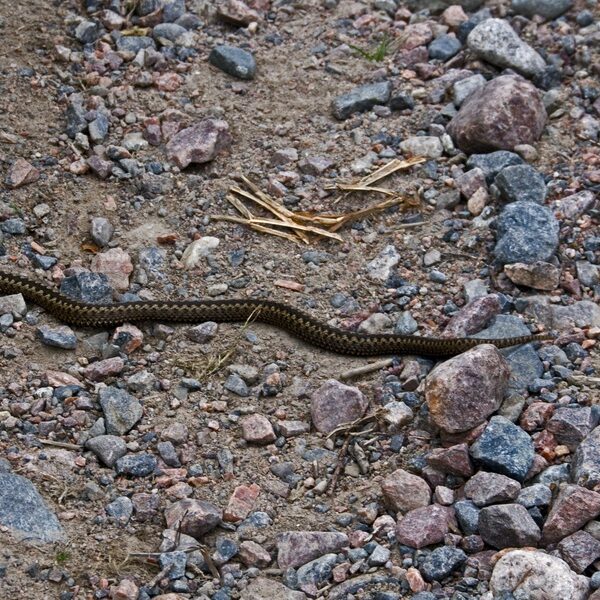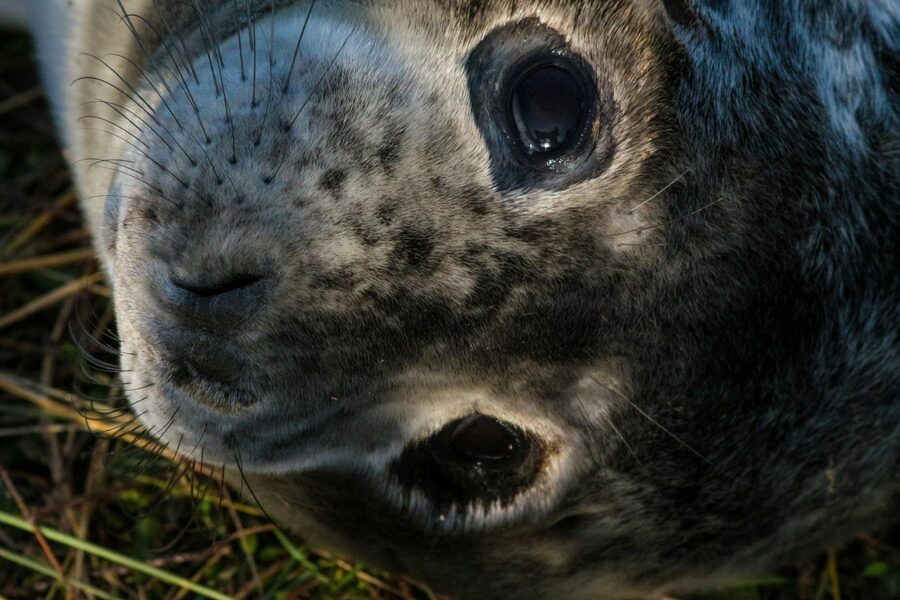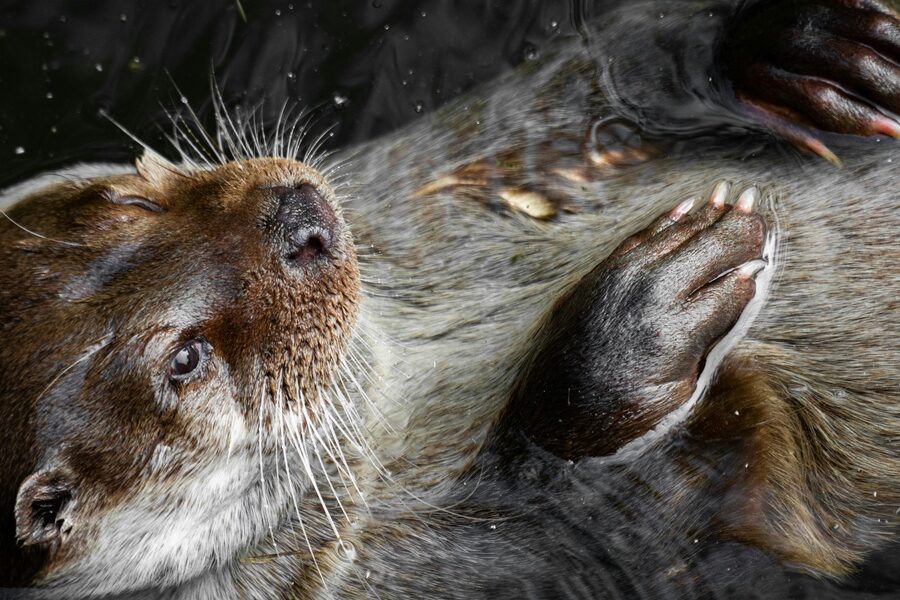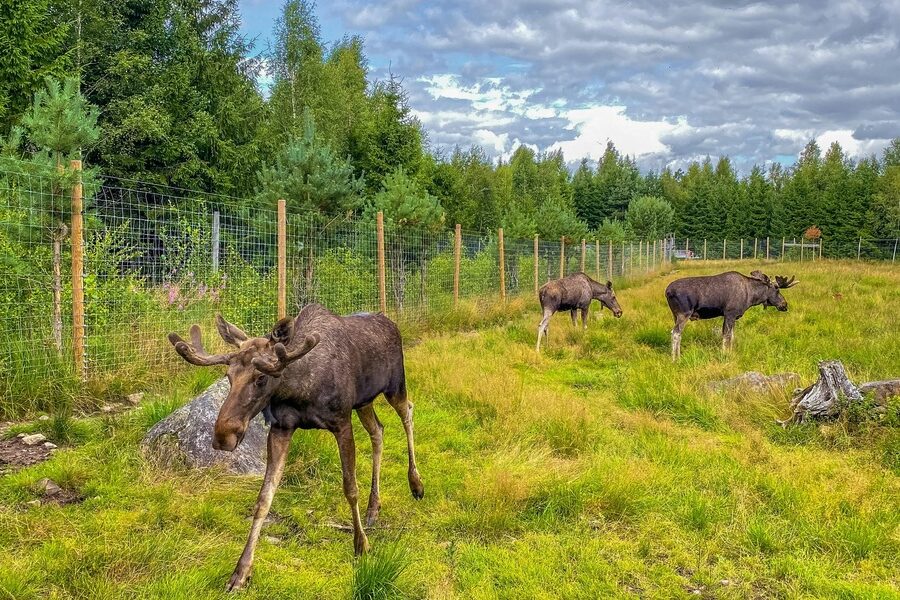Djibouti sits where the Red Sea meets the Horn of Africa, and its mix of coastal lagoons, arid plains and rocky highlands supports a surprising variety of wildlife. Despite the country’s small size, seabirds, desert-adapted mammals and migratory species all find niches here, making it a compact but interesting place for nature study.
There are 30 Djibouti’s native animals, ranging from Aardwolf to White-eyed Gull. For each species you’ll find the Scientific name, Habitat and IUCN status listed so you can quickly see where they live and how at risk they are — you’ll find below.
Are these animals found across Djibouti or only in specific habitats?
Many species are habitat-specific: seabirds and shorebirds concentrate along the coast and salt flats, desert specialists occur on the plains and rocky slopes, and a few species use seasonal water sources or migrate through. Location notes in the list will help you target where to look.
How current are the IUCN statuses and where does the information come from?
The IUCN status reflects the latest available Red List assessments at the time of compiling the list, but conservation statuses can change; check the IUCN Red List and local wildlife authorities for the most recent updates and regional details.
Djibouti’s Native Animals
| Name | Scientific name | Habitat | IUCN status |
|---|---|---|---|
| Whale Shark | *Rhincodon typus* | Coastal marine, plankton-rich waters | Endangered |
| Djibouti Francolin | *Pternistis ochropectus* | Montane juniper forest | Critically Endangered |
| Dugong | *Dugong dugon* | Coastal seagrass beds | Vulnerable |
| Beira Antelope | *Dorcatragus megalotis* | Arid rocky hills, stony plains | Vulnerable |
| Soemmerring’s Gazelle | *Nanger soemmerringii* | Arid semi-desert, acacia scrubland | Vulnerable |
| Beisa Oryx | *Oryx beisa* | Arid and semi-arid grasslands | Endangered |
| Hamadryas Baboon | *Papio hamadryas* | Arid rocky cliffs, savanna | Least Concern |
| African Golden Wolf | *Canis lupaster* | Desert, semi-desert, rocky areas | Least Concern |
| Striped Hyena | *Hyaena hyaena* | Arid scrubland, rocky terrain | Near Threatened |
| Gerenuk | *Litocranius walleri* | Arid bushland, desert scrub | Near Threatened |
| Salt’s Dik-dik | *Madoqua saltiana* | Dense thickets, scrubland | Least Concern |
| Green Sea Turtle | *Chelonia mydas* | Coastal waters, seagrass beds | Endangered |
| Hawksbill Sea Turtle | *Eretmochelys imbricata* | Coral reefs, rocky coastal areas | Critically Endangered |
| Spinner Dolphin | *Stenella longirostris* | Deep offshore marine waters | Least Concern |
| Common Bottlenose Dolphin | *Tursiops truncatus* | Coastal and offshore marine waters | Least Concern |
| Humpback Whale | *Megaptera novaeangliae* | Open ocean, coastal waters | Least Concern |
| Caracal | *Caracal caracal* | Arid scrubland, savanna, hills | Least Concern |
| Aardwolf | *Proteles cristata* | Open grasslands, arid plains | Least Concern |
| Rock Hyrax | *Procavia capensis* | Rocky outcrops, cliffs | Least Concern |
| Klipspringer | *Oreotragus oreotragus* | Rocky outcrops, mountains | Least Concern |
| Somali Ostrich | *Struthio molybdophanes* | Arid savanna, desert plains | Vulnerable |
| Egyptian Vulture | *Neophron percnopterus* | Open arid areas, cliffs | Endangered |
| Lappet-faced Vulture | *Torgos tracheliotos* | Arid savanna, open plains | Endangered |
| White-eyed Gull | *Ichthyaetus leucophthalmus* | Coastal islands, shorelines | Near Threatened |
| Abyssinian Roller | *Coracias abyssinicus* | Open woodland, savanna, scrub | Least Concern |
| Arabian Bustard | *Ardeotis arabs* | Arid grasslands, open savanna | Near Threatened |
| Pharoah Eagle-Owl | *Bubo ascalaphus* | Rocky deserts, canyons, open plains | Least Concern |
| Blacktip Reef Shark | *Carcharhinus melanopterus* | Shallow marine waters, coral reefs | Vulnerable |
| Blotched Fantail Ray | *Taeniura meyeni* | Coral reefs, sandy bottoms | Vulnerable |
| Arnold’s Fringe-fingered Lizard | *Acanthodactylus arnoldi* | Sandy coastal plains, dunes | Least Concern |
Images and Descriptions
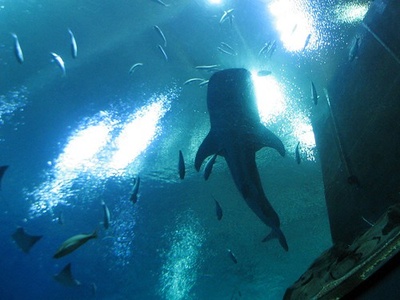
Whale Shark
The world’s largest fish, these gentle giants gather seasonally in the Gulf of Tadjoura to feed on plankton. They are a major ecotourism draw, known for their distinctive spotted patterns and massive size, reaching over 12 meters long.
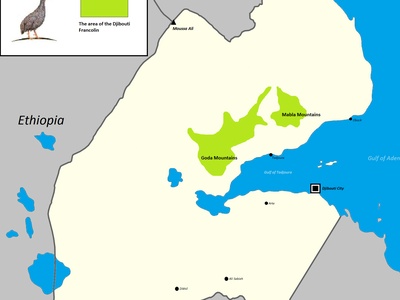
Djibouti Francolin
One of Africa’s rarest birds, this francolin is endemic to just two sites in Djibouti: the Forêt du Day and Mabla Mountains. Its tiny, fragmented population faces extreme threats from habitat loss, making its survival precarious.
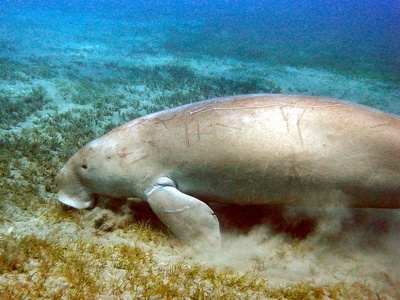
Dugong
Often called a “sea cow,” this large marine mammal grazes on seagrass in Djibouti’s shallow coastal waters. It’s the only strictly herbivorous marine mammal, and its population is threatened by boat strikes and habitat degradation.
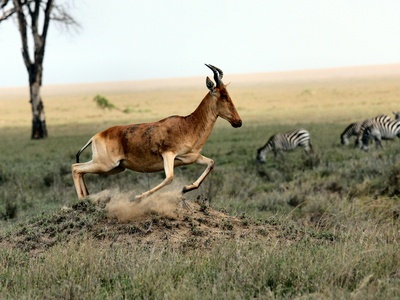
Beira Antelope
This small, shy antelope with noticeably large ears is superbly adapted to its rocky, arid habitat in Djibouti and the Horn of Africa. Its grey coat provides excellent camouflage among the stones, making it very difficult to spot.
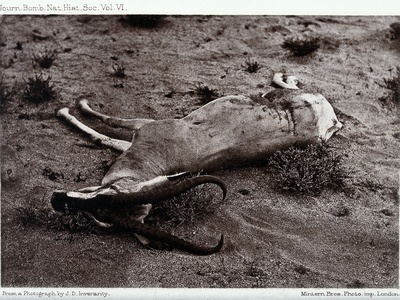
Soemmerring’s Gazelle
An elegant gazelle with lyre-shaped horns, it roams Djibouti’s arid plains. Once common, its populations have declined significantly due to habitat loss and overhunting, highlighting the fragility of the region’s large mammal fauna.
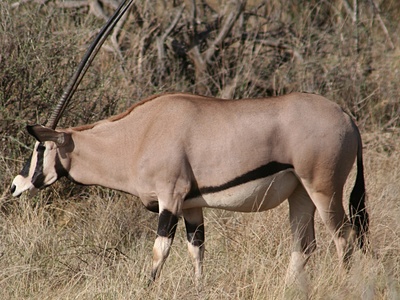
Beisa Oryx
A large, striking antelope with long, spear-like horns and distinctive black-and-white facial markings. Well-adapted to desert life, it can survive for long periods without drinking water, getting moisture from the plants it eats.
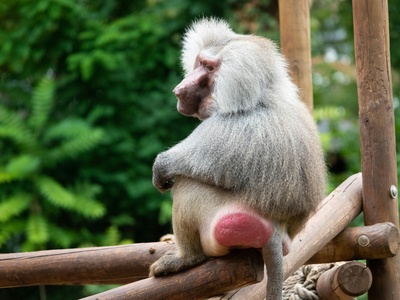
Hamadryas Baboon
This baboon is known for its complex, male-dominated social structure where one male leads a harem of females. They are common in Djibouti’s rocky landscapes, often seen foraging in large troops near cliffs where they sleep for safety.
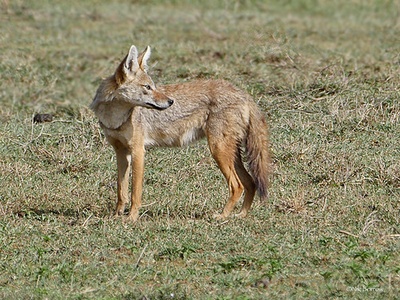
African Golden Wolf
Once thought to be a golden jackal, this is a distinct wolf species. It’s a highly adaptable carnivore and scavenger found across Djibouti’s arid landscapes, playing a key role as a predator in the ecosystem.
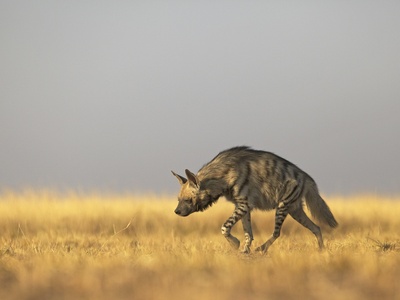
Striped Hyena
A primarily nocturnal scavenger with a distinctive striped coat and shaggy mane. Unlike its spotted cousin, it is mostly solitary. It plays a vital role as a cleanup crew in Djibouti’s arid ecosystems, removing carcasses.
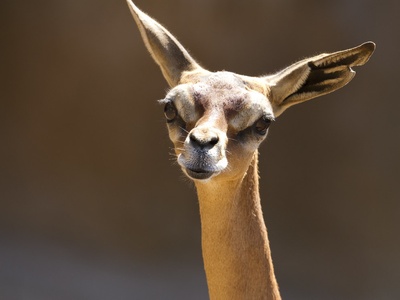
Gerenuk
Nicknamed the “giraffe-necked antelope,” the gerenuk is famous for standing on its hind legs to browse on high branches. This unique adaptation allows it to access food unavailable to other herbivores in Djibouti’s dry bushlands.
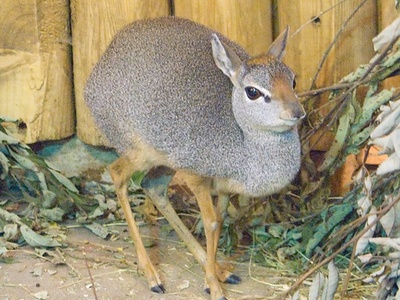
Salt’s Dik-dik
One of the world’s smallest antelopes, standing only about 40 cm tall. This tiny herbivore is monogamous and territorial, often seen in pairs darting through the underbrush in Djibouti’s scrublands.
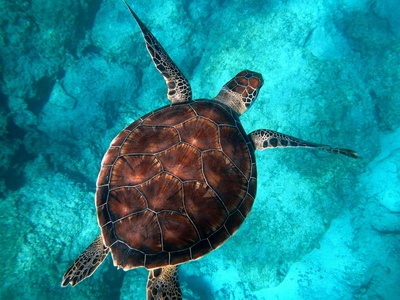
Green Sea Turtle
These large sea turtles are found in Djibouti’s coastal waters, coming ashore on remote beaches to nest. They are primarily herbivores, feeding on seagrass, and face threats from fishing gear entanglement and habitat loss.
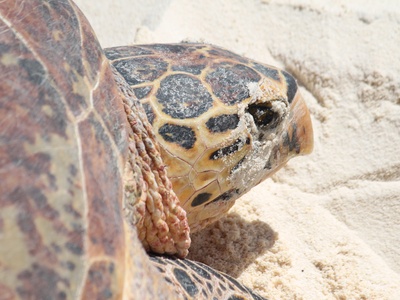
Hawksbill Sea Turtle
Known for its beautiful, patterned shell and narrow, pointed beak used to eat sponges on coral reefs. This critically endangered turtle nests on Djibouti’s shores and is vital for reef health, but is threatened by poaching and climate change.
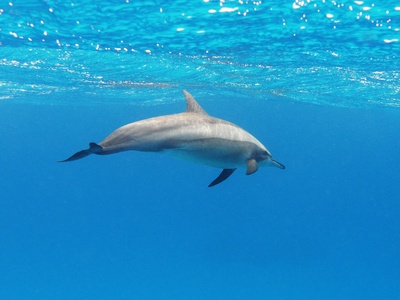
Spinner Dolphin
Famous for their acrobatic aerial displays, where they leap from the water and spin. Large pods are frequently seen in the Gulf of Tadjoura, making them a common sight on marine wildlife tours in Djibouti.
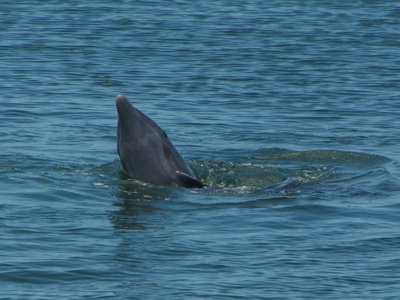
Common Bottlenose Dolphin
An intelligent and social marine mammal, frequently seen in the Gulf of Tadjoura. These dolphins are known for their playful behavior and are often observed bow-riding with boats or hunting in coordinated groups.
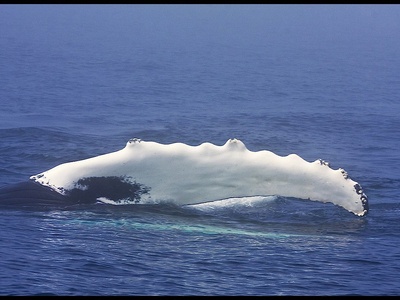
Humpback Whale
While not resident, these massive whales migrate through the waters off Djibouti. Their Arabian Sea population is unique, making sightings in the Gulf of Aden particularly special for whale watchers and researchers.
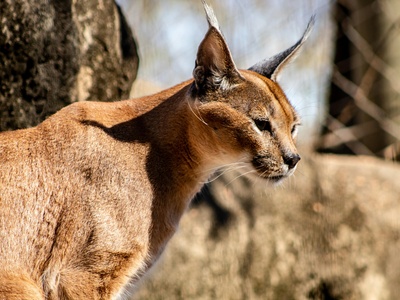
Caracal
A powerful, medium-sized cat known for its long, black ear tufts. The caracal is an incredible hunter, able to leap high into the air to catch birds. It is a secretive and nocturnal predator in Djibouti’s wilder areas.
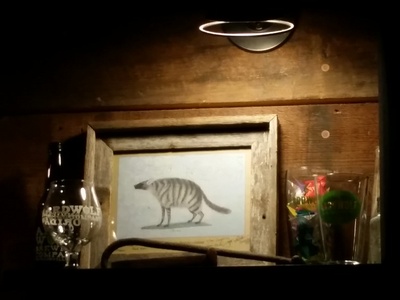
Aardwolf
Despite its hyena-like appearance, the aardwolf is not a scavenger but a specialized insectivore. It feeds almost exclusively on termites, using its long, sticky tongue to lick up thousands in a single night across Djibouti’s plains.
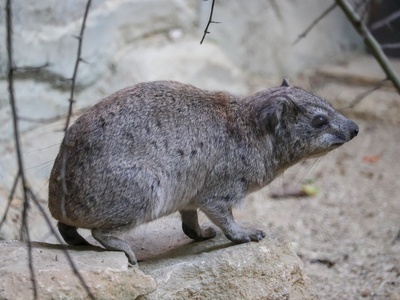
Rock Hyrax
Resembling a large guinea pig, the rock hyrax is surprisingly the closest living relative to the elephant. They live in large colonies on rocky cliffs in Djibouti, often seen basking in the sun in large groups.
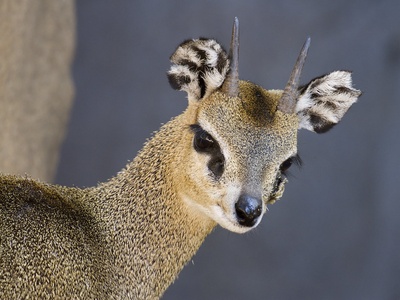
Klipspringer
A small, sturdy antelope renowned for its incredible agility on rocky terrain. It walks on the very tips of its cylindrical hooves, giving it a sure-footed grip on steep cliffs and rock faces in Djibouti’s mountains.
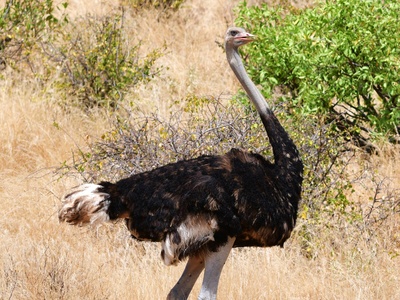
Somali Ostrich
Recently recognized as a distinct species from the common ostrich, it’s identified by the male’s blue-grey neck and legs. It roams the arid plains of Djibouti, facing threats from habitat degradation and hunting.
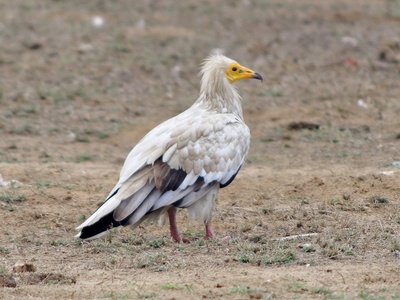
Egyptian Vulture
A small, intelligent vulture known for using tools, such as dropping rocks to break open ostrich eggs. Its population has crashed globally, but it can still be seen soaring over Djibouti’s arid landscapes searching for carrion.
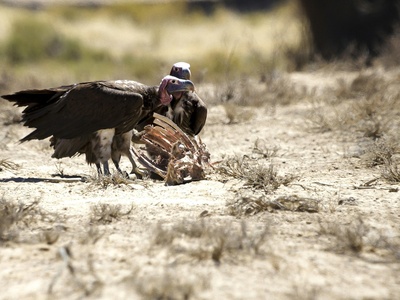
Lappet-faced Vulture
One of the largest and most powerful Old World vultures. Its massive beak can tear through tough hides that other vultures cannot. They are a dominant presence at carcasses on Djibouti’s plains, though their numbers are declining.
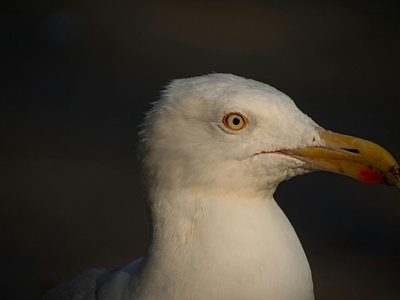
White-eyed Gull
A striking gull with a black hood, white “eye-rings,” and a long, slender red bill. It is almost endemic to the Red Sea and Gulf of Aden, making Djibouti’s coastlines a critical habitat for this localized species.
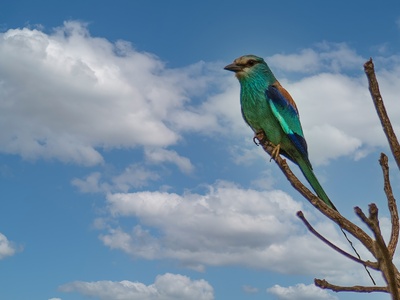
Abyssinian Roller
A brilliantly colored bird with a sky-blue body and long tail streamers. It is a conspicuous sight in Djibouti’s open country, often perching on prominent branches or wires before swooping down to catch insects.
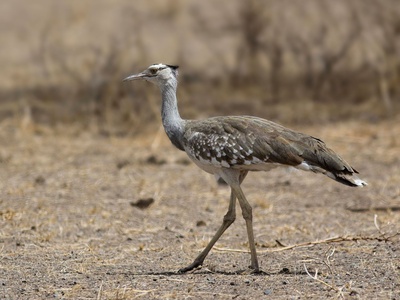
Arabian Bustard
A large, stately ground-dwelling bird. The males are known for their spectacular courtship displays, inflating a throat sac to produce deep booming calls. They are vulnerable to hunting and habitat disturbance in their open habitats.
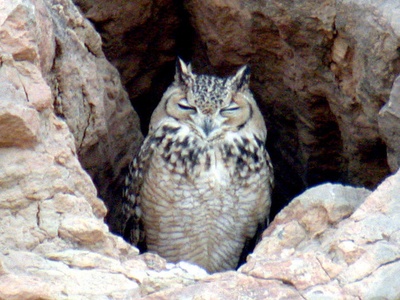
Pharoah Eagle-Owl
A large, powerful owl with prominent ear-tufts and striking orange-yellow eyes. It is perfectly adapted for hunting in the dark, preying on rodents, reptiles, and other small animals in Djibouti’s rocky, arid landscapes.
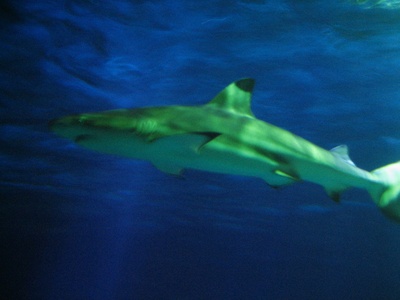
Blacktip Reef Shark
Easily identified by the prominent black tips on its fins, especially the dorsal fin. This common shark patrols the shallow waters of Djibouti’s coral reefs and is generally shy, posing little threat to people.
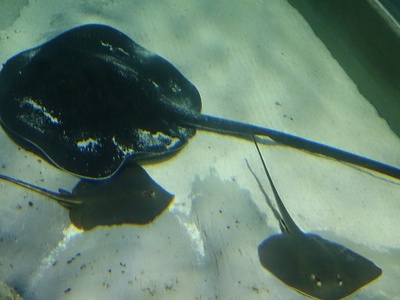
Blotched Fantail Ray
A large, impressive stingray covered in a dramatic pattern of black blotches. Often found resting on sandy bottoms near Djibouti’s reefs during the day, they are a memorable sight for divers and snorkelers.
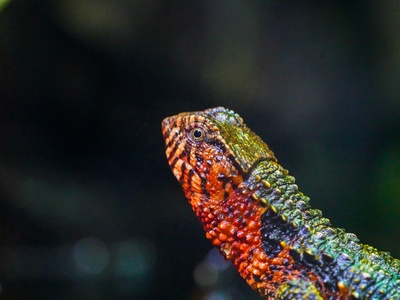
Arnold’s Fringe-fingered Lizard
A small, fast-moving lizard adapted to sandy environments. Its “fringed” toes act like snowshoes, allowing it to run quickly across loose sand to hunt insects on the coastal plains of Djibouti.
